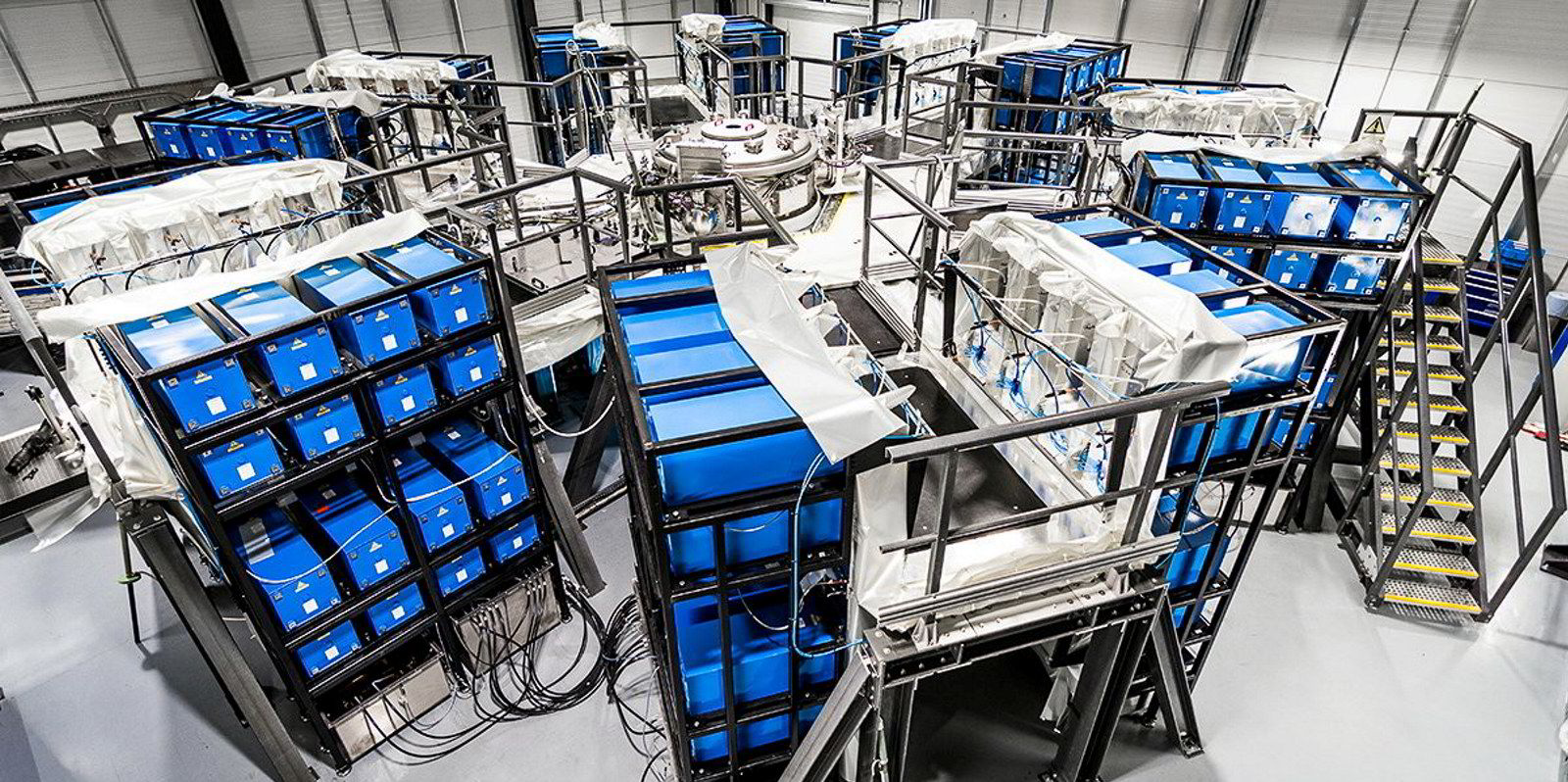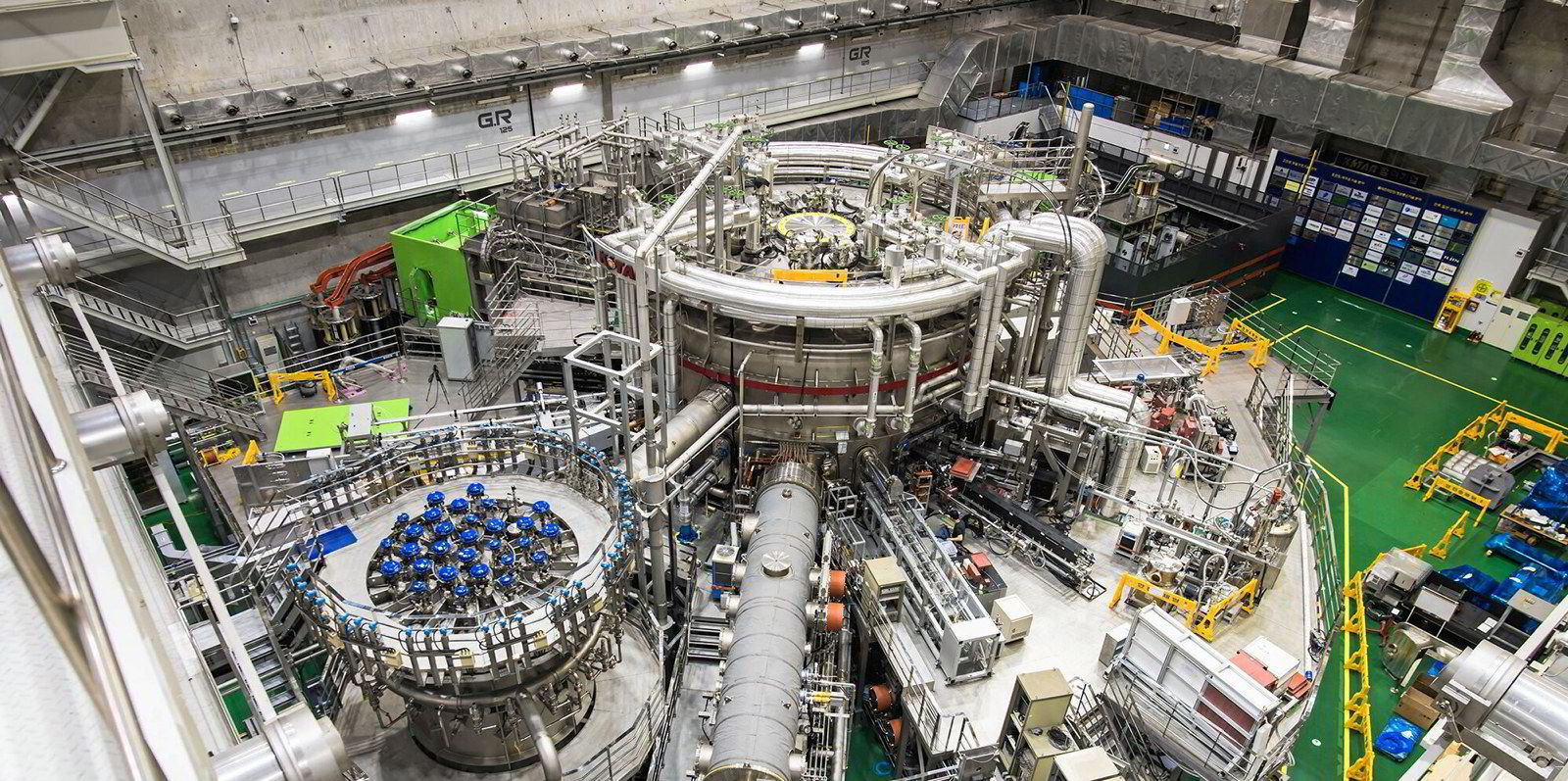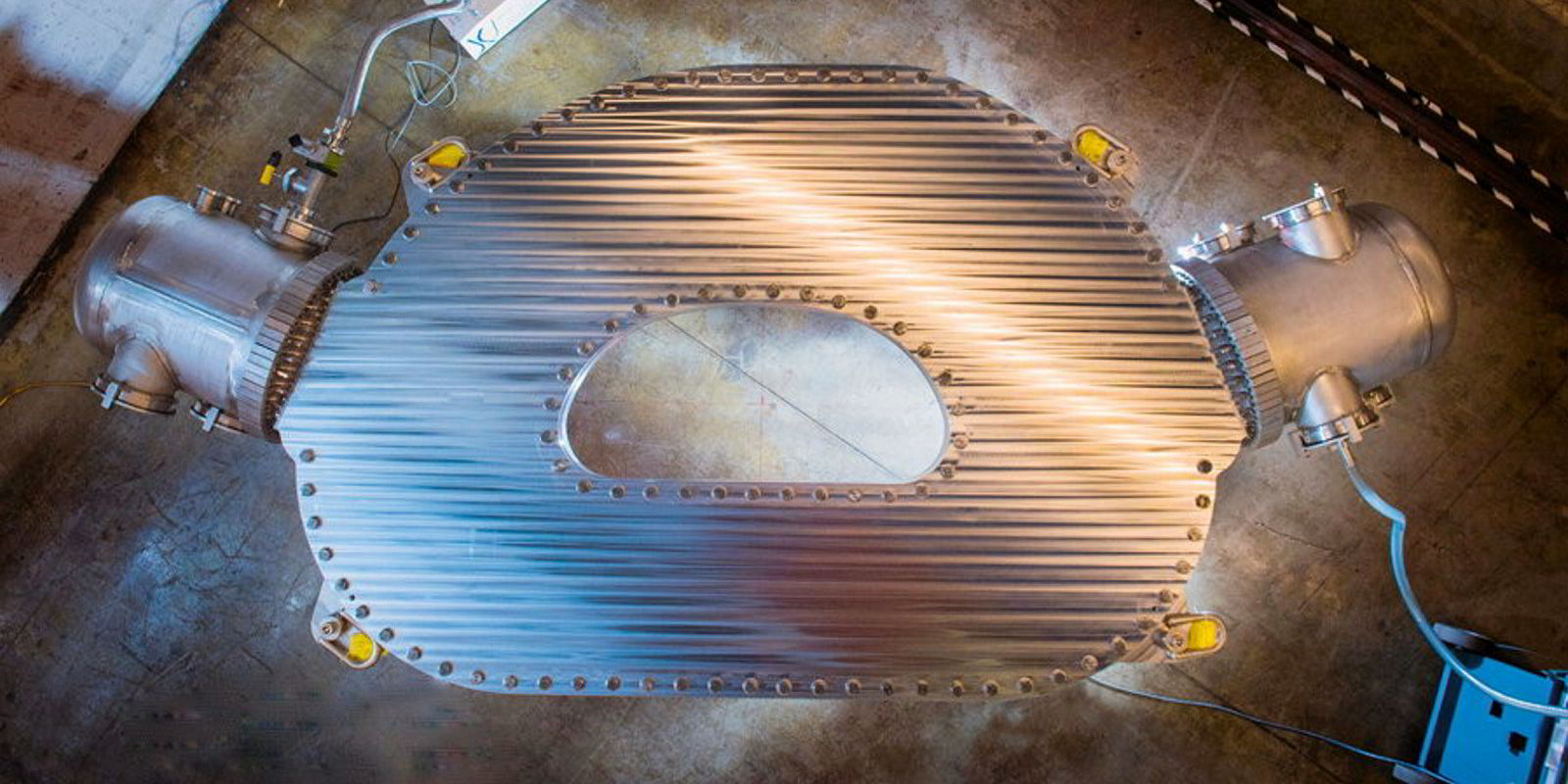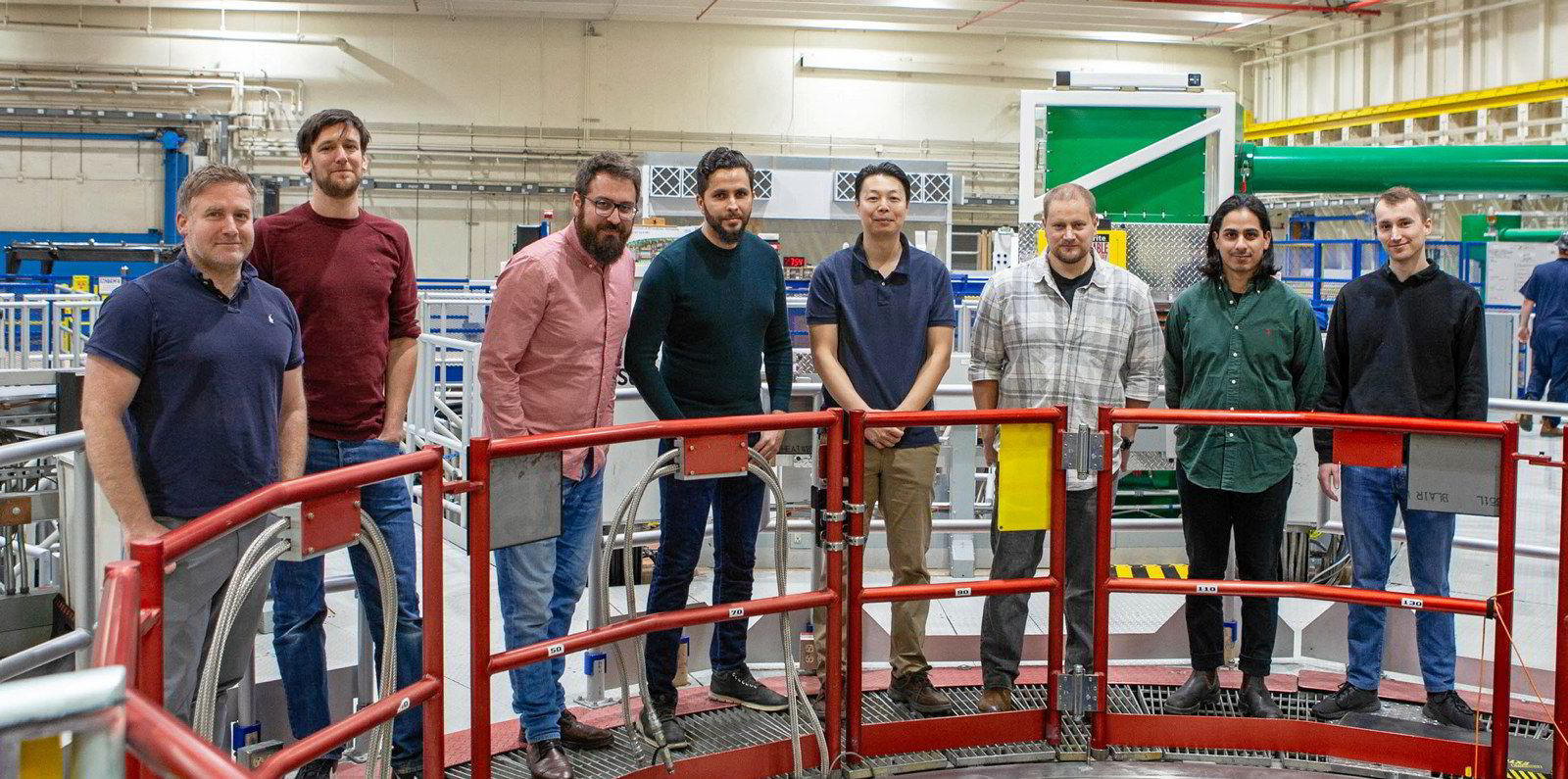A UK start-up claims to have overcome a key engineering challenge in its quest to deliver abundant clean energy from nuclear fusion after successfully using an “electric gun” to ignite the fuel in its reactor.
University of Oxford spinoff First Light is pursuing a form of inertial confinement fusion called projectile fusion, with the potential for producing energy more cheaply and with less complex technology than rival processes.
The method creates the extreme temperatures and pressures needed for reaction by using a projectile to compress a target containing fusion fuel travelling at a tremendous speed — a process of ignition described as being like the spark plug firing in an internal combustion engine.
Increasing the distance between where it shoots the projectile and the target is a major hurdle for First Light in its fusion reactor.
But using the electric gun method, the start-up said it had managed to increase the projectile distance to 10cm – ten times more than it's previous record.
First Light said it needs to increase this “standoff distance” to several metres to create a viable power plant.
The start-up is one of many around the world trying to unlock the power of fusion, the same process that generates light and heat from stars.
In a fusion reaction, hydrogen and other light elements are fused to release huge amounts of power that pioneers in the sector hope to tap for unlimited zero-carbon electricity, sometimes referred to as the 'Holy Grail' of the energy transition.
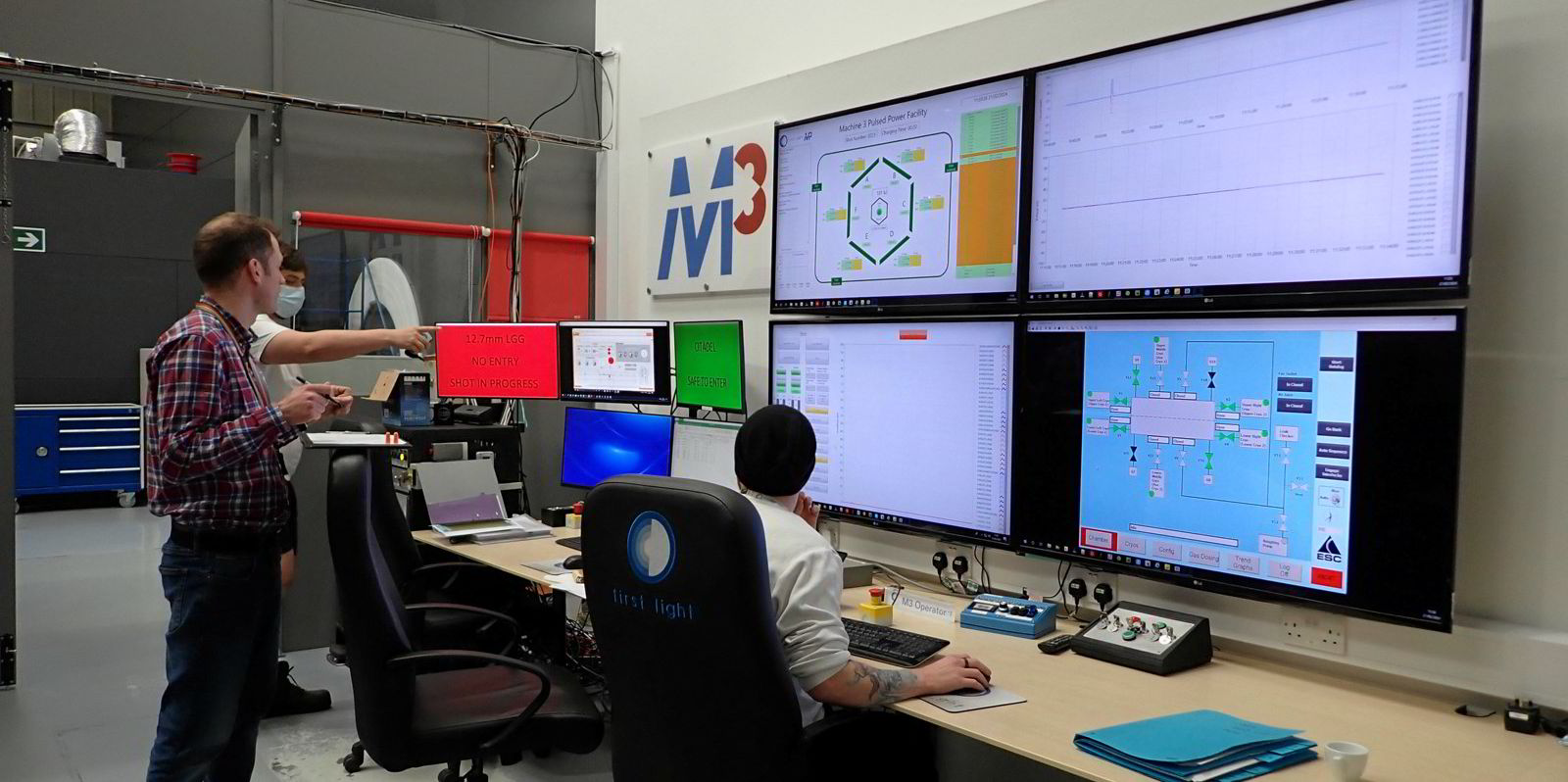
First Light said the process that it is pursuing differs from those of other fusion companies, as it doesn’t involve using “complex, energy-intensive, expensive lasers, or magnets.”
“Without the need for hugely complex and expensive lasers to facilitate the fusion reaction,” First Light describes its method as “a simpler, cheaper, more energy-efficient approach to achieving fusion with lower physics risk.”
A key challenge for First Light is increasing the standoff distance it can achieve in its machine, which entails being able to “launch a projectile accurately, at velocities of several kilometres per second while keeping it in a solid state when it hits the fusion fuel.”
First Light has until now used a pulsed power machine that launches projectiles electromagnetically, with the highest standoff distance previously achieved being 1cm.
“This is sufficient for testing the design of its amplifier technology,” said First Light, but far short of the several metres in distance it needs to achieve for a power plant.
First Light turned to the idea of an electric gun and aimed to explore in tests whether it could launch a projectile at a high enough velocity without melting it – a key requirement.
Using this approach, First Light said it managed to keep the projectile in a solid state through “careful tailoring of the electric gun foil.”
As well as meeting the main objective, First Light said the shot was also the “highest energy electric gun ever tested.”
“To reach commercial, cost-effective, and scalable fusion energy as part of our future energy mix, we need to solve the power plant fundamentals, and in a way that works with the physics,” said Nick Hawker, founder and CEO of First Light.
“With our unique approach, a first-of-its-kind fusion power plant is designed to be as simple and low risk as possible, simplifying the pathway to commercial fusion energy,” he said.
“Now we have a solid projectile, we move on to studying and controlling the accuracy of launch.”
Read more
Mila Fitzgerald, a Scientist at First Light Fusion, said: “This is a milestone moment for First Light and the result of a huge amount of effort, time, and perseverance from the whole team.”
First Light just last month claimed another success testing its amplifier technology at the world’s most powerful pulsed power machine, based in the US.
